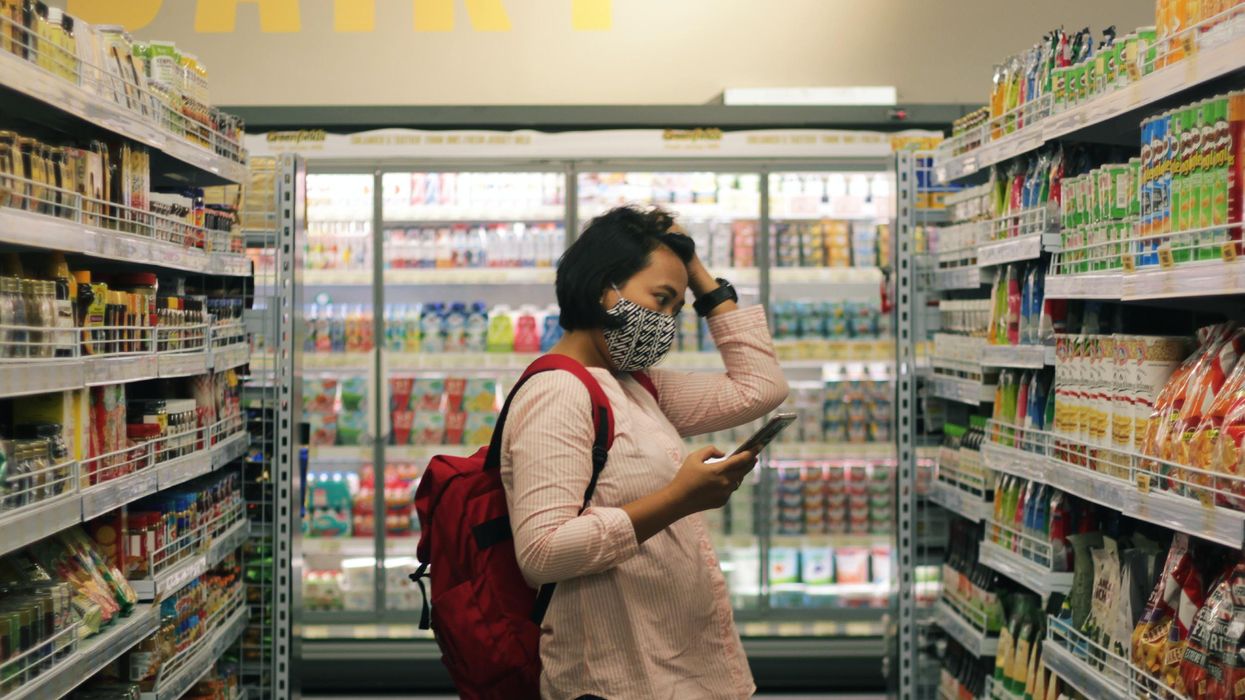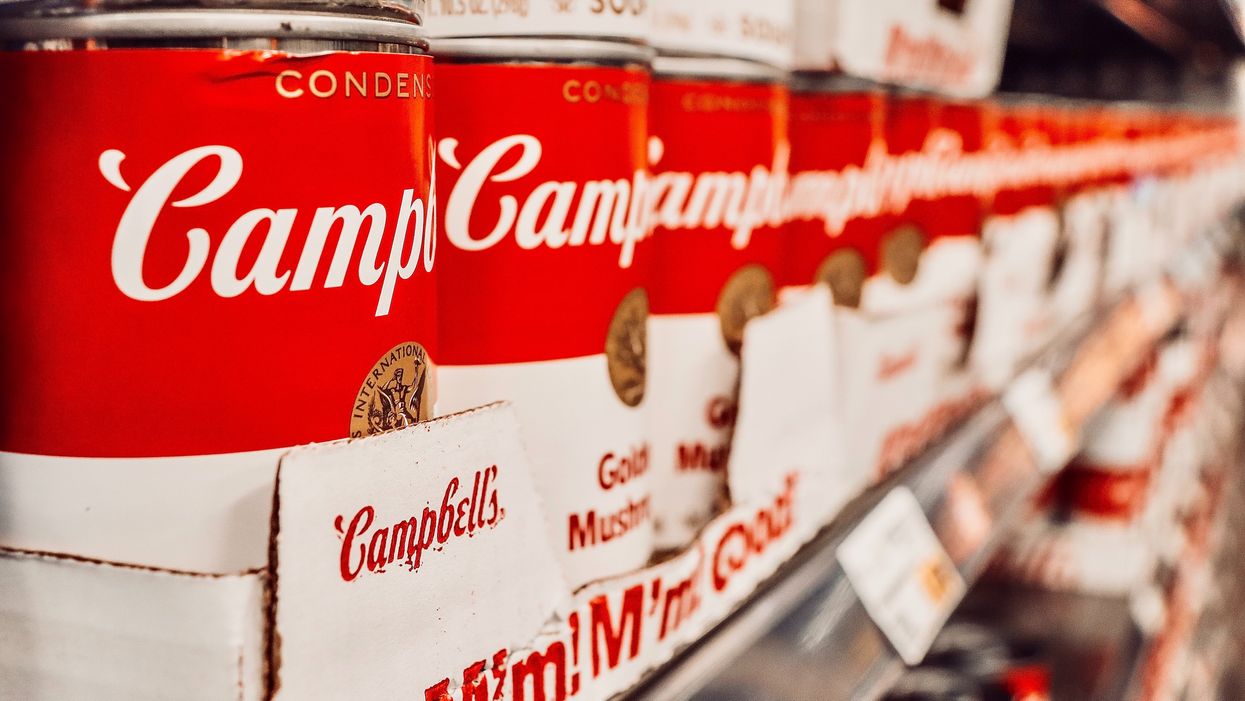Instacart’s delivery service played a big role in bringing ecommerce https://www.tradeswell.com/blog/tradeswell-research-instacart-advertising-algorithmto the grocery category. Now, the company is making technology available to grocers to power additional ecommerce functions, such as fulfillment and advertising.
The supermarket has long been the center of the grocery shopping experience. Increasingly, however, grocers get goods to customers through in-person stores, pickup and delivery. With the launch of Instacart Platform, the company is offering the technology it developed in-house to others.
The move comes less than a year into the tenure of Instacart CEO Fidji Simo. Appointed to the role in July 2021 after a stint heading the Facebook app, Simo is building toward a broad vision for the company that goes beyond delivery and Instacart’s own marketplace.
“To me it was very clear that it was more than just bringing..grocery online and it was much more about building a retail enablement platform so that all grocers can benefit from technologies to execute on their digital transformation,” Simo said during a keynote at ShopTalk in Las Vegas in the days after the platform was launched.
As with many digital transformation trends, the growth of grocery ecommerce was accelerated during the COVID-19 pandemic. In 2020, ecommerce spend on groceries was up 103% year-over-year, according to data from Adobe. By 2021, grocery accounted for 8.9% of the overall share of ecommerce spend in the US, cementing its place as one of the top three ecommerce categories, alongside apparel and electronics.
Groceries are different from other consumer categories, however. For one, there are usually perishables involved, making local delivery a must. Shoppers visit the store at a more frequent cadence, and vary between stocking up and grabbing a few items to complete a recipe. There is also established brand loyalty among shoppers, built up over years by supermarkets that worked hard to establish their place in communities, and reflect customer lifestyles.
These dynamics are evident in 10-year-old Instacart’s delivery model. It keeps grocery stores in the equation, connecting consumers with “shoppers” who pick items from grocery store shelves, and bring them to customers.
Now, delivery is a part of the grocery landscape and demand is picking up. Grocers are looking to add their own digital offerings. It’s not only about delivery, but rather offering a “seamless” experience between in-store, pickup and delivery services, Simo said.
Instacart already developed technology that went beyond delivery in-house. Now it is offering it to other grocers.
The Instacart Platform includes three primary services:
- Carrot Ads: Instacart is standing up its own ad service in which grocers can tap the company’s tools and talent to set up advertising on their own websites.
- Carrot Warehouses: Instacart will run “nano fulfillment centers” for retailers that enable 15-minute delivery. Instacart will work with the companies to build these centers, set out floor plans, establish automation services and run operations.
- Carrot Insights: Instacart is offering a dashboard for key metrics that are designed to help retailers understand geographic sales, out of stocks and buying trends.
At launch, the company said the platform was already in use by grocers including Publix, Good Food Holdings and Schnuck Markets Inc.
It’s designed so that a larger grocer could use a part of the platform to add digital capabilities, or a smaller grocer could use all of it as an end-to-end platform.
The platform comes as grocers are navigating an ecommerce grocery landscape that is increasingly competitive. Amazon and Walmart are continuing to build up grocery capabilities, while quick commerce startups like GoPuff are looking to make 30-minute delivery of convenience items an expectation. At the same time, Uber and DoorDash are adding more delivery capabilities that bring goods directly from retailers.
“What we want to do is take all of the advantages that these players have and put them in the hands of all of the grocers so they can better compete with less upfront cost,” Simo said.
Growth in advertising

Instacart CEO Fidji Simo. (Photo by Stephen Babcock)
Instacart believes advertising is a prime area in which the platform can offer a new revenue stream for grocers and CPG companies.
“We’re talking about being able to advertise right inside the cart when someone is buying a set of products,” Simo said. “We’re able to not only help established brands maintain their share but also emerging brands really get known and get tried by customers.”
As they seek to start retail media operations, smaller grocers are realizing that building technology and bringing on a team with expertise is a big lift, Simo said. For its part, Instacart already offers advertising through its marketplace, and has built the tech to operate it. The ad service is currently being piloted with Schnuck, Good Food Holdings, Plum Market and others.
“With us they can turn that on in a really simple way and start getting some of that revenue, which will also incentivize them to bring their business online,” she said.
The advertising business is also key to Instacart’s plans for growth. Going forward, Simo said she sees a model for Instacart in which delivery is basically break-even, and advertising is making profit. Asked onstage by Bloomberg Head of Global Technology Coverage Brad Stone about whether she envisioned advertising making up a majority of the company’s revenue, Simo said, “At some point, yes.”
“It’s by far the fastest growing part of our business,” she said.
Related Articles Around the Web













